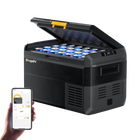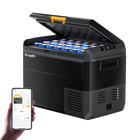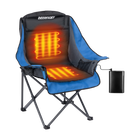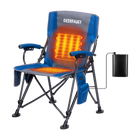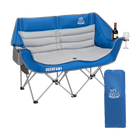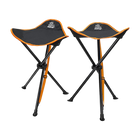What Is Solar Power?
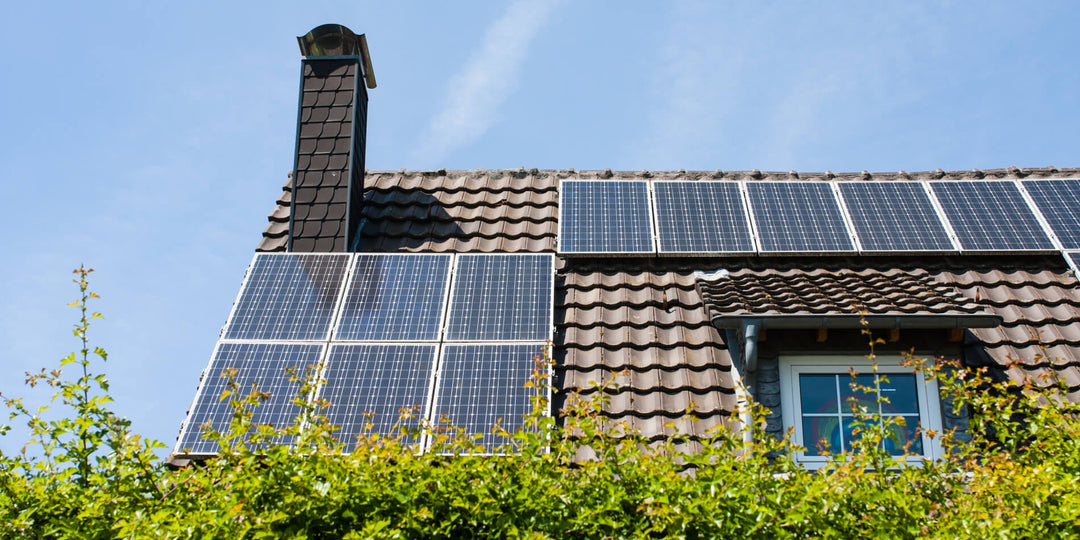
Solar Power is harnessing the sun's energy that reaches the earth's surface directly as heat or converting it into electricity via photovoltaic cells. The standard PV cell is the most efficient means of harnessing the sun's energy. When using solar power as heat directly from the sun, a solar heat reflector concentrates the sun's thermal energy at a point. It can be used to turn steam turbines to generate electricity.
Solar power is considered one of the cleanest sources of energy. Over the years, the harnessing of solar power has grown to increase self-sufficiency, reduce the use of fossil fuels, and improve the sustainability of the global ecosystem.

- How does Solar Energy work?
- PV Cells Basics
- How Efficient Are Solar Panels?
- Solar PV System Design Basics
- Concentrated Solar-Thermal Power
- Summary
How does Solar Energy work?
Energy sunlight reaches the earth in an hour and a half to power the entire earth for a year. Solar technology is used to harness this energy and convert it into a usable form of power. The generated solar electricity can be stored in batteries or thermal storage.
All solar power comes from solar radiation emitted by the sun. While each location on earth gets some sunlight, the amount of solar radiation worldwide varies. Solar technology is used to harness this radiation into useful power. It can either be harnessed via PV cells on solar-thermal converters.
PV Cells Basics
PV Cells are the most common method of harnessing solar energy. When the sun shines on a solar panel, it is absorbed by the PV cells and converted into electricity. A single PV cell can generate around 1 watt of power. These cells are usually less than the thickness of human hair. They are placed between a glass cover and a plastic base to make them durable for outdoor use.
PV cells are combined in a chain to form a single solar panel. These panels can be used individually or connected to form a solar array. A solar array can then be connected to the grid as a PV system. Since it is modular, a PV system can be expanded to meet the demands of any home, no matter how big or small.
PV panels and solar arrays are one part of a PV system. A complete system will include mounts for the panels and other components that convert the solar power from DC into AC used by electrical appliances in the home.
In the US, the biggest PV systems are located in the State of California. This is because the state has ample sunshine and a friendly policy toward solar energy. Consequently, it has one of the most developed solar industries in the US. For example, California's Solar Star PV power station produces 579 MWs of power, while the Topaz Solar Farm produces 550 MWs of power.
How Efficient Are Solar Panels?
The efficiency of a PV cell is the amount of solar energy it can convert into usable power. Improving the efficiency of PV cells is a major goal of researchers the world over. Doing so will improve the cost-competitiveness of solar energy compared to conventional power sources. Several factors affect the efficiency of solar PV cells. They are:
- Wavelength
Light comprises photons; packets of energy that exist in different wavelengths. Sunlight has varying wavelengths that range from UV to visible to infrared. When light reaches the surface of a solar cell, some of the photons pass through, while some are reflected. Only a portion of the photons is absorbed to create electricity.
- Recombination
Current flows through semiconductors when electrons flow across them. However, within a semiconductor, holes exist, which are the absence of electrons. Sometimes, holes and electrons encounter each other and cancel out. Sometimes, they cancel each other and generate a photon, and sometimes, they encounter an impurity that interferes with the current flow, generating heat instead.
- Temperature
Solar cells function best at lower temperatures. At high temperatures, semiconductors' properties change, which causes a slight rise in current and lower voltage. Extreme shifts in temperature can damage cells and other materials.
- Reflection
Untreated silicon reflects over 30% of all incident light. One way to mitigate this issue is using anti-reflection coatings and textured surfaces.
Solar PV System Design Basics
A solar PV system comprises several components on top of the solar panels. These components are:
Mounting Structure
The mounting structure or rack is where the solar panels are placed. It has to be stable, durable, and light, to make it easy to place on a roof. Additionally, it has to be corrosion-resistant and withstand the elements for decades.
The racking tilts the solar panels in the most efficient direction to maximize the amount of solar energy they receive. Various calculations like elevation, latitude, load requirements, and topography are used to determine the optimal direction. For example, in the northern hemisphere, solar arrays are pointed south to maximize the solar energy received.
Solar arrays can also be mounted on the ground. When ground mounting is used, a tracking mechanism can be added, which will swivel the panels to follow the sun across the sky, leading to the higher efficiency of the entire system. It can be a one-axis tracker moving from east to west or a two-axis system that points directly at the sun at all times of the day. A tracking system will naturally cost more.
Integrate Solar Systems
A solar array can be integrated into the building without using racking. For example, it could be part of the roofing, windows, or building façade. The goal is to improve supply chain efficiencies by using existing building structures to reduce costs. Such a solar array can power a building's lights, motors, and sensors. However, there are still technical and commercial barriers to the widespread adoption of integrated solar systems.
Inverters
Inverters convert the DC from the solar panels into AC power used for local transmission. AC is also the power used by most appliances in homes. A PV system can have a single inverter that converts power from the solar array or microinverters under each solar panel. A single inverter costs less. However, microinverters can be more efficient, especially if there is a risk of one of the solar panels being shaded. Inverts have a lifetime of around ten years. After that, they have to be replaced.
Smart inverters around for two-way communication between inverters and the utility company. This can help balance supply and demand, giving utility insight into their customers' supply and demand. As a result, it could help to boost grid stability and reduce the occurrence of power outages.
Storage
Batteries allow solar PV energy to be stored, so that power can be used at home when there is no sunshine. Utilities are also using batteries to store power. As customers feed solar power to the grid, batteries store some of it to send back to customers later. Using batteries could help to stabilize and modernize electricity grids.
Concentrated Solar-Thermal Power
Concentrate solar thermal power (CSP) is a system that relies on mirrors to concentrate solar energy to a point where it is converted into heat. The heat is used to produce steam that can drive turbines to generate electricity.
Solar thermal energy can be used for various industrial applications besides generating electricity. For instance, it can be used for water desalination, enhanced oil recovery, chemical production, mineral processing, and food processing.
CSP systems are used to generate power for utility-scale projects. The plants can be built in several configurations. The power tower is the most common system. It entails building mirrors surrounding a central tower, which receives solar energy. There is also a linear system where mirrors concentrate heat onto parallel tube receivers above them.
A small CSP system can also be stationed where the power is needed. For instance, a single dish can produce up to 25 KW of power for distributed applications.
Summary
Solar energy has grown in popularity worldwide in the past few years. It is estimated that over 109 GW of solar capacity is installed in the US, which can power 18.9 million homes. In the past decade, the US solar industry has seen a growth of around 42% per year. With more companies providing solar power solutions to homes and businesses, installing solar power has never been easier and more affordable.




































